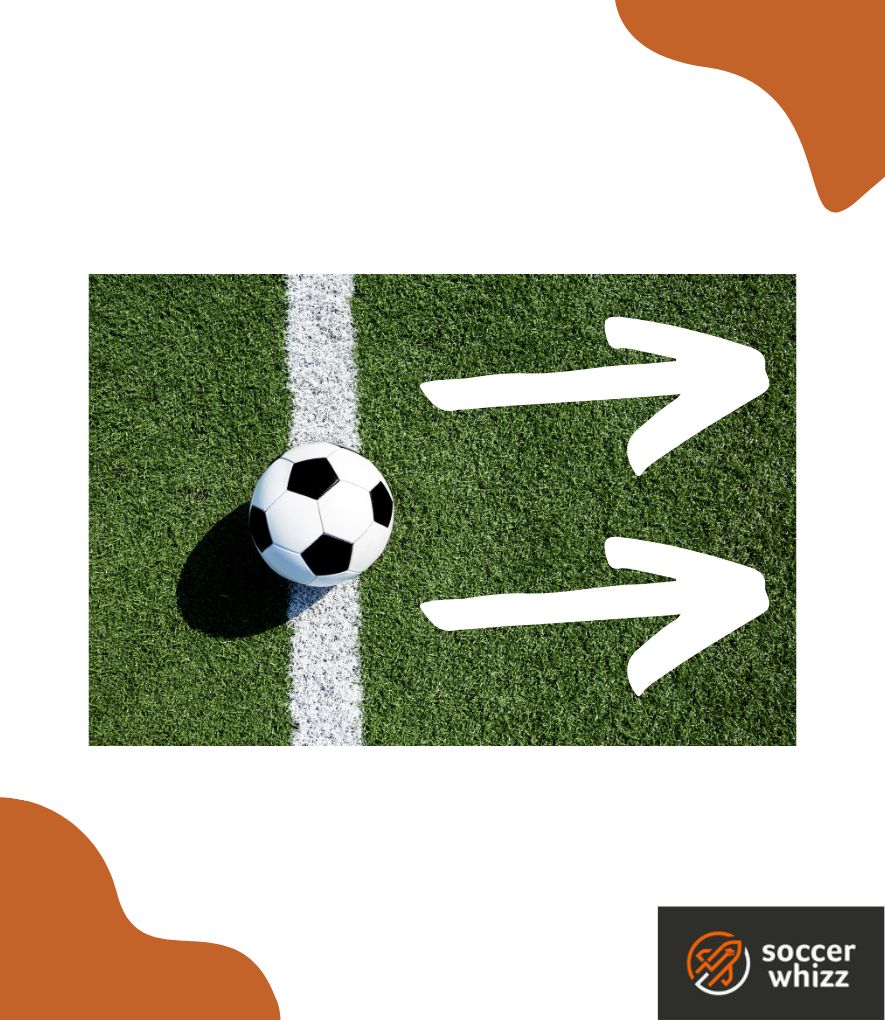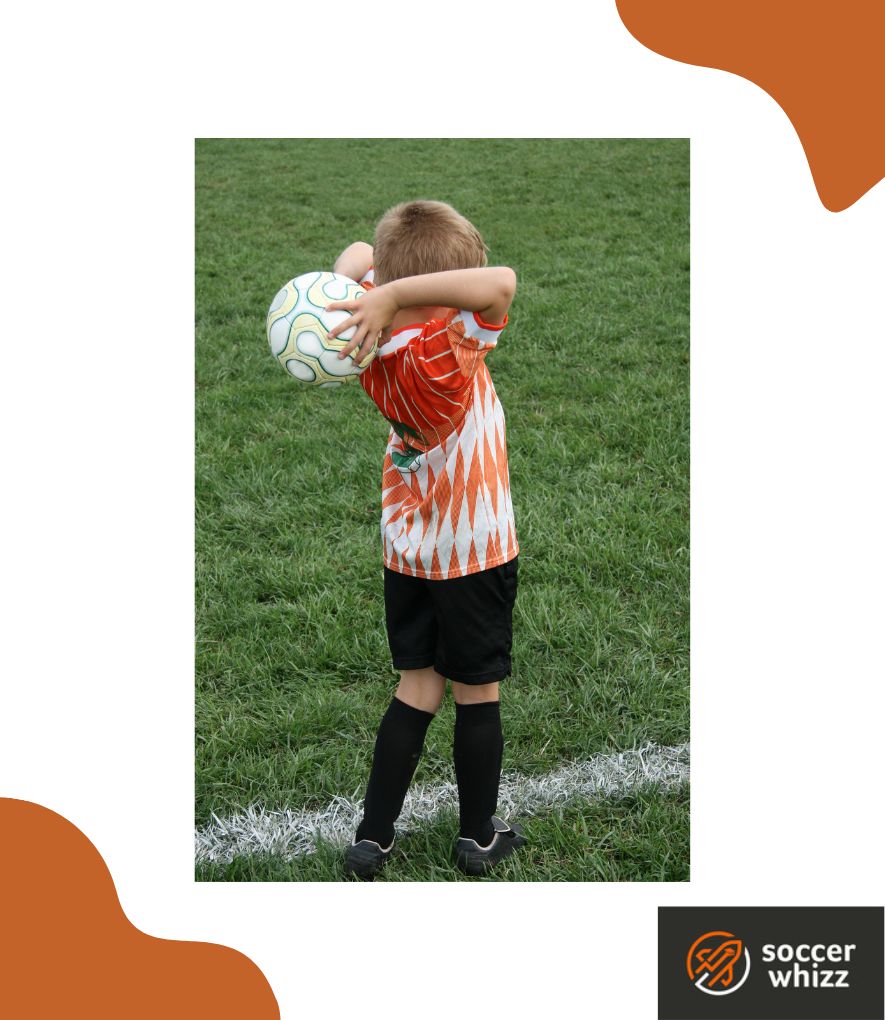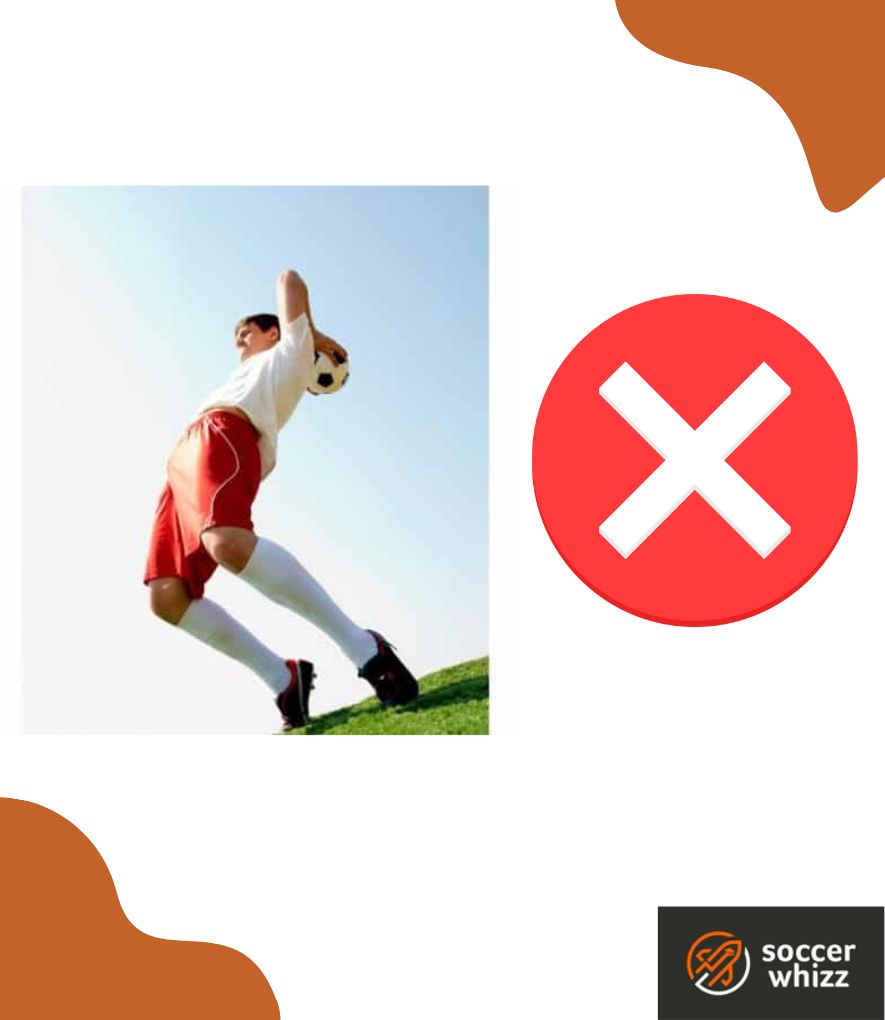Different sports each have their own set of rules that participants have to adhere to.
Regardless of whether you play football at an amateur or professional level, you will be required to follow the regulations that govern all facets of the game.
When a footballer is adjudged to have committed an on-pitch infringement, an unsportsmanlike act, or simply performed in a way that goes against the established rules, the referee will usually hand possession of the ball to the opposing team.
This is particularly the case where a player commits what is called a “foul throw”.
A foul throw is a situation in football where a referee awards a throw-in to the opposing team as a result of a player failing to correctly distribute the ball to a team mate as per the compulsory movement and grounding procedure, or if they delivered a throw from a point on the touchline that is markedly different from where the ball originally left the field of play.
That makes sense, right?
Well, if it doesn’t, I’ll provide a quick explanation of when throw-ins take place within a match, before offering a couple of examples pertaining to foul throws and wrapping up with some short throw-in tips.
So, let’s get started.
When does a throw-in occur in soccer?
Here’s a direct quotation taken from Law 15 of the International Football Association Board’s Laws of the Game, which is the official rule set that governs throw-in procedure, offences and sanctions within football:
A throw-in is awarded to the opponents of the player who last touched the ball when the whole of the ball passes over the touchline, on the ground or in the air.
IFAB Law 15
It sounds simple enough.

But I’ll just paraphrase that statement with a brief example to make things a little bit clearer.
A player could make a misplaced long pass which sees the ball cross the touchline on the left side of the pitch.
In such a scenario, the opposition team will have a throw in given to them due to the fact that they were not responsible for the ball leaving the field of play.
Examples of foul throws
With a topic as practical in nature as this, I thought it would be good for readers to see instances of poor throwing technique for a greater visualisation of what constitutes a foul throw in football.
So, here goes…
Crystal Palace vs Tottenham
In this London derby that took place in 2018, the Ivorian committed a hattrick of foul throws and it was really hilarious to witness.
In fact, it’s quite easy to pinpoint where he went wrong.
Throw-in rules stipulate that both feet must remain on the ground, even if they are only partially on the touchline or on the ground next to it.
Aurier broke this rule by picking up one foot and on another occasion both feet whilst attempting to throw the ball.
Dartford vs Wrexham
In this video we see a failure to adhere to two different parts of Law 15.
The first instance shows a Wrexham player throwing the ball from past the halfway line, which was way further afield from where the ball previously left the field of play.
You can see him grabbing the ball and then taking small steps forward as each second went by, before finally delivering the throw at a point just inside the opposition’s own half.
And once a foul throw was determined, we then immediately see a Dartford player take the ball and proceed to throw it without ensuring that both his hands were behind his own head before going up and over it.
How to avoid committing a foul throw
Now that you’ve been able to see two clear cases of poorly executed throw-ins, I’ll offer a bit of guidance on how you can keep your throwing technique in check.
Keep both hands firmly on the ball

First and foremost, you will want to ensure that you have a secure handling of the ball before you attempt to distribute it to a team mate.
It’s very easy for a ball to slip from your grasp, particularly on a rainy day when the pitch surface is notably wet.
One particular trick worth pointing out is that you can quickly wipe the ball with your jersey before throwing it, as this will dry the surface and enhance your overall grip on it.
A wet ball is also another minor reason as to why footballers wear gloves, as the fabric that they’re made from is designed to offer a bit of grip in addition to comfort and warmth.
Get your angles and distances right
The reason why having your angles and distances right is important is because its quite easy to misjudge how far a certain area of the pitch is from the touchline, as well as forgetting to adopt the correct throwing position and posture.

If the ball bounces on the ground before entering the field of play due to a player hastily throwing it down the line, or if the person throwing the ball is not standing with their body facing the field when launching it, the referee will blow for a foul throw.
Have both feet grounded on the touchline
As you saw from the case of Serge Aurier above, having even one foot not planted or partially touching the ground is a sure-fire way to get a foul throw awarded in favour of the opposition.
For peace of mind, I would recommend having both feet fully stationed on the touchline prior to the ball being distributed.

Even though this will make it slightly more difficult to launch the ball across longer distances, you will be able to rest easy in the assurance that you’ve adhered to the legal throw requirements.
However, if keeping both feet grounded is sub-optimal, you can have part of each foot slightly raised from the pitch surface whilst you make the throwing motion.
Just be careful to ensure that you do not jump while doing it or have even a single foot off of the ground.
Remember to go up and over
The final tip relates to the overall motion of the ball moving from behind the player’s head and over it onto the pitch.

From past playing experience, one thing that helped me remember to implement this was extending my arms – with the ball in hand – all the way to my upper back.
Once the ball had touched this part of my body, I knew that I had satisfied the requirement for the ball to go over my head.
I could then proceed to throw it without any doubt in my mind that a foul throw would be called against me.
Can a goal be scored directly from a throw in?
In the same way that fans are sometimes curious about whether goalkeepers can score goals, the question of possibility surrounding footballers scoring directly from throw-ins garners quite the attention.
Well, the answer is that a goal cannot be scored directly from a player taking a throw-in type of set piece.
Again, the International Football Association Board’s Law 15 is clear.
It states that if such an event occurs during a game, the referee will not give a goal to the attacking side and that he or she will instead restart the match via the awarding of a goal kick to the team that was defending against the throw.
Final thoughts
That concludes this article on what a foul throw in football is all about.
However, I’d just like to give a quick recap for those of you still reading.
A foul throw is a football offence committed by a player when they fail to correctly direct a ball from the touchline back into the field of play.
This is caused by an inability to adhere to either of the following:
- Standing whilst facing the pitch
- Having part of each foot in contact with the touchline or the ground outside of it
- Throwing the ball from behind and over the head with both hands gripping the ball and from the area where the ball had left the pitch
If you’ve thoroughly enjoyed this information piece, then we also have another interesting article recently published on the blog about whether a player can be offside from a goal kick situation.
Worth checking out that one!
And of course if you’re interested in the overall concept of soccer fouls as a whole, then have a look through our dedicated piece explaining what they are in the game.
If you enjoy the content that I create and would like to buy me a coffee, then I’d really appreciate it!
Any money that I earn through this donation will be re-invested into more content for this website.
Additionally, by sending in a donation you’ll also receive a copy of my recently released 190+ page eBook on Soccer Ball Care, as well as be subscribed to our mailing list where you’ll be regularly informed on the latest developments concerning the Soccer Whizz blog.
- Future Icons: Europe’s Emerging Midfield Maestros Set for Glory - December 4, 2023
- Kickstarting a Revolution: How Soccer Transformed the United States Over the Last Four Years - October 7, 2023
- 4-1-4-1 Soccer Formation [Analysis] - September 23, 2023

